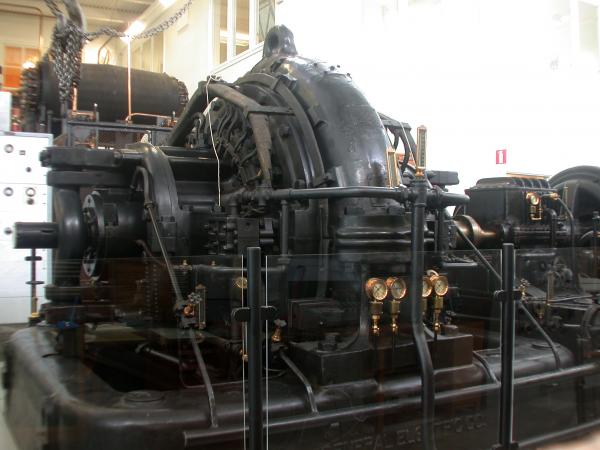Very cool bit of kit, but I'd think that a generator with a big solenoid switch might be simpler and cheaper even in 1922. Whether that could work have a decent service life is another story.
Regardless, it is very steam punk. And that it wi still work 100 years later is a testament to how things use to be made and, for the most part, aren't made today.
































































